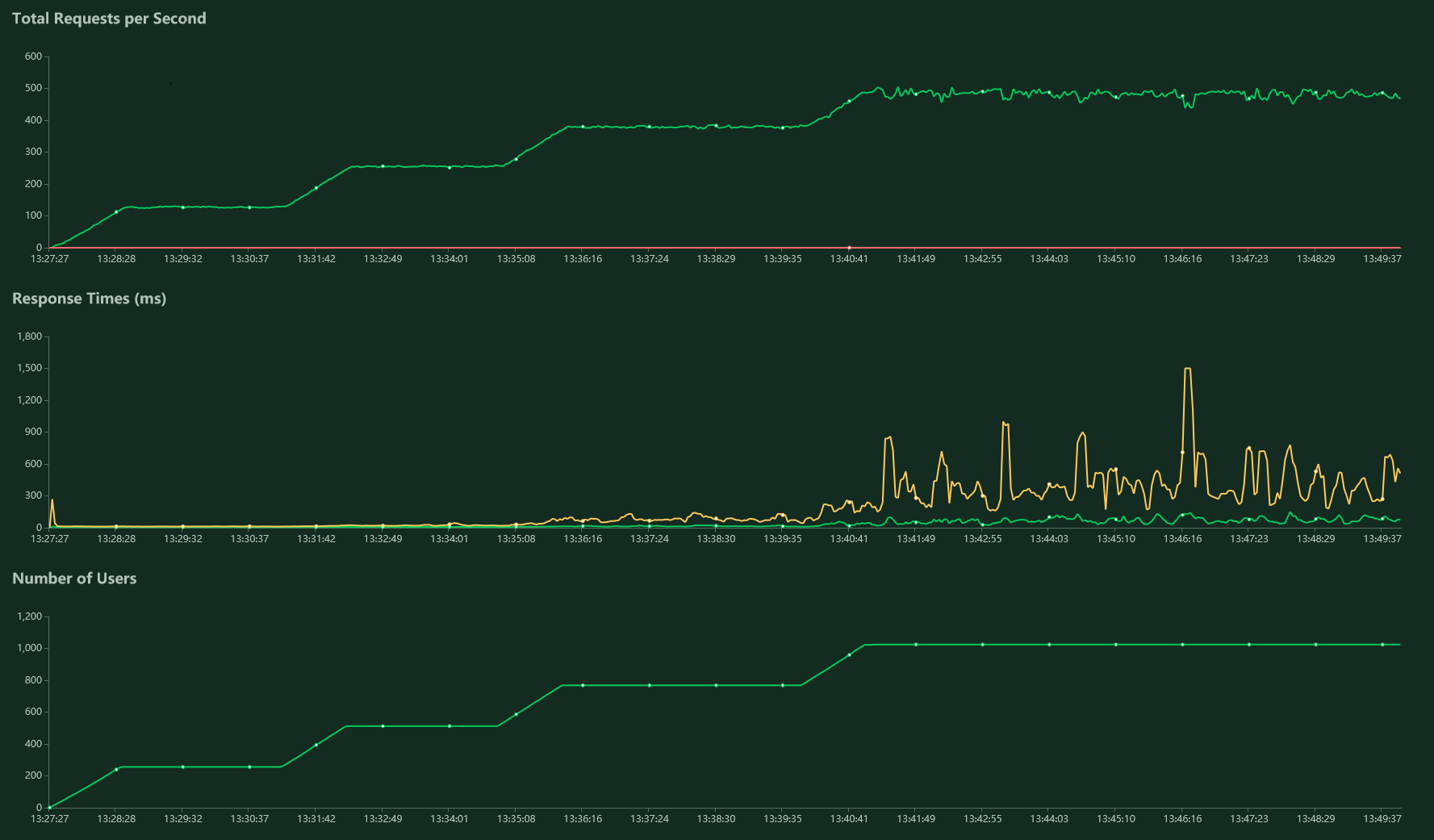Transfer
This is a sample implementation to demonstrate the deadlock-free system for bank transfers.
Structure
Every part is written in a somewhat-literal style, i.e. read code from top to bottom:
- transfer.py -- represents the main code
- init.sql -- establishing schema and system integrity checks
- test.py -- main operational testing script
- locustfile.py -- performance testing script
Immutable Design
To get rid of mean deadlocks, system design can be based on immutability principles. Thus, system operation can be modeled just like a series of transfers between accounts on specific date and time. This ensures that a total value, represented by transfers, wouldn't be lost at some point in time. Very much alike to double-entry bookkeeping, where the same principles are applied to real-world accounting. Relevant data is calculated from recorded transfers, including account balance on a specific time in the past or now.
Transfers
To be sure that data will be consistent at all times, each transfer represented as:
- source account id
- index of transfer from the source account
- destination account id
- amount
Index of transfer ensures that two concurrent processes cannot record transfers from the same account at the same time. But ordered indexing is used for accounts separately, allowing parallel insertion of transfers from different accounts. The amount must be less than the total balance of source account right before the transaction and greater than 0. Transfers, where source and destination, are the same are not allowed, as they don't make any sense.
Dependencies
A minimal number of external dependencies used.
Production (requirements.txt):
Development (requirements-dev.txt):
Deployment
To run, just use:
docker-compose up -d
Everything should be up and running in no time!
- PostgreSQL: postgres://user:pass@localhost:5432/db
- Service: http://localhost:8000
- Locust Web-GUI: http://localhost:8089
OpenAPI:
- Swagger: http://localhost:8000/docs
- ReDoc: http://localhost:8000/redoc
To shut everything down and clean up (flag -v is for database volume removal):
docker-compose down -v
Integration Testing & Code Coverage
To launch DB, test suite and get code coverage report in HTML format, use:
docker-compose up -d db pytest --cov-report html --cov transfer test.py
Performance Testing
Locust is used for modeling a distinct user that creating an account. After that, the user can check the account balance or do a transfer to some other account (picked randomly). A balance check is done more often than transfers (3 to 1 ratio). Action is performed by the user in 1 to 3 seconds, randomly. With these parameters, a group of 1024 users should be doing, on average, a 512 RPS load.
Digital Ocean droplets were used to test real-world performance. Infrastructure was based on the cheapest one-click Docker droplets. Characteristics for nodes (3x) are: 1 vCPU, 1 GB RAM, 25 GB SSD (total of 15$/month or $0.021/hour). One node was used as Locust host, one node for service itself, one node for PostgreSQL. The additional configuration includes the removal of access logs from the service and usage of asyncpg pool size in [5, 25].
As can be seen, even at 1024 users, service works as expected, without dropping requests or failing badly. Although it can be seen, that RPS becomes a little volatile, as well as percentile 95 (yellow line on the second graph).
Best RPS can be seen at a 505.5 mark. Worst (max) median response time is recorded at 150 ms. Testing was started when the count of transfer records in the database was 514k. After testing there were 634k records, i.e. 120k records was created.
Peak load for nodes:
- Database - 74% CPU, 62% MEM, 13% DISK
- Service - 90% CPU
- Locust - 48% CPU
